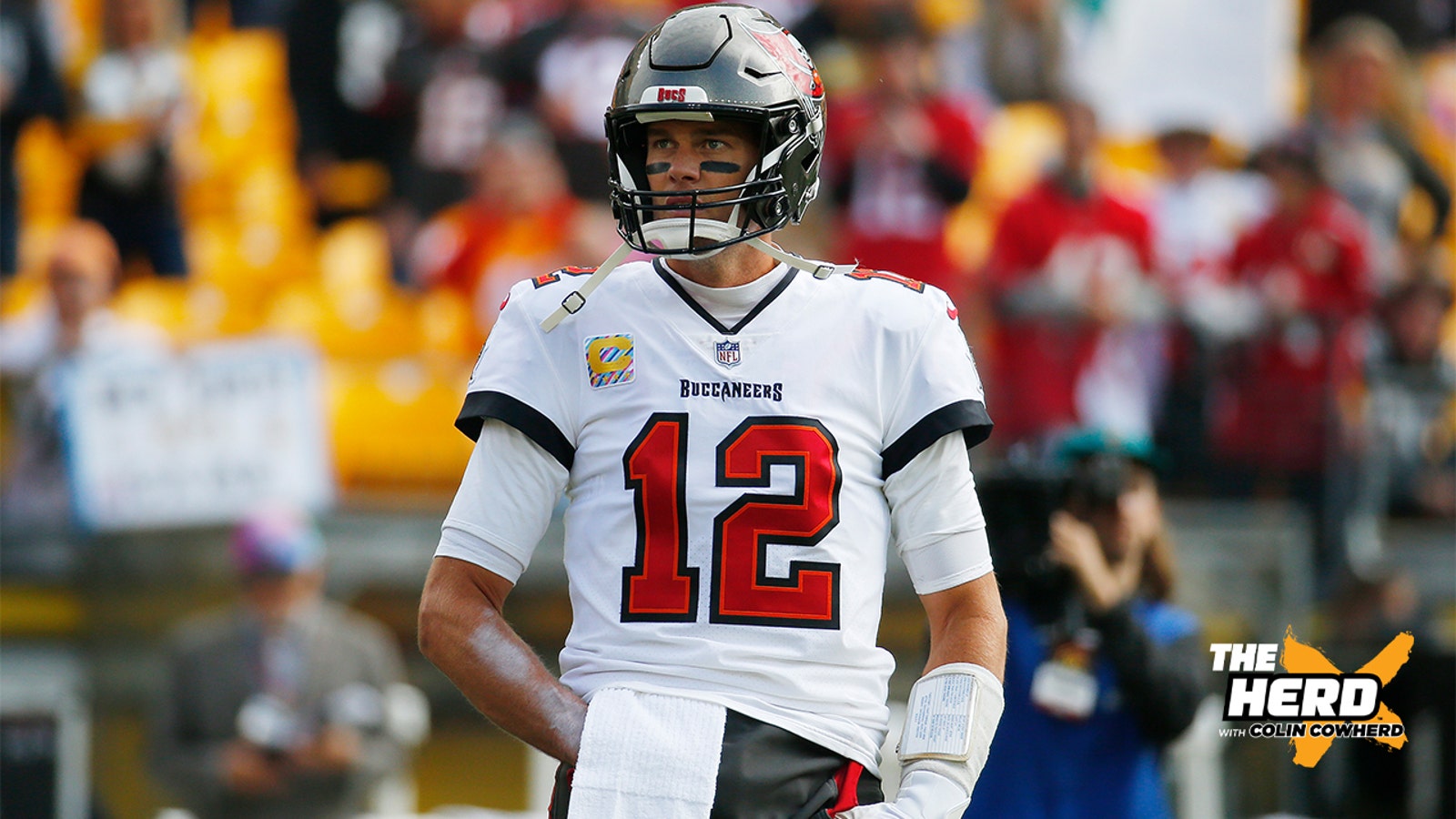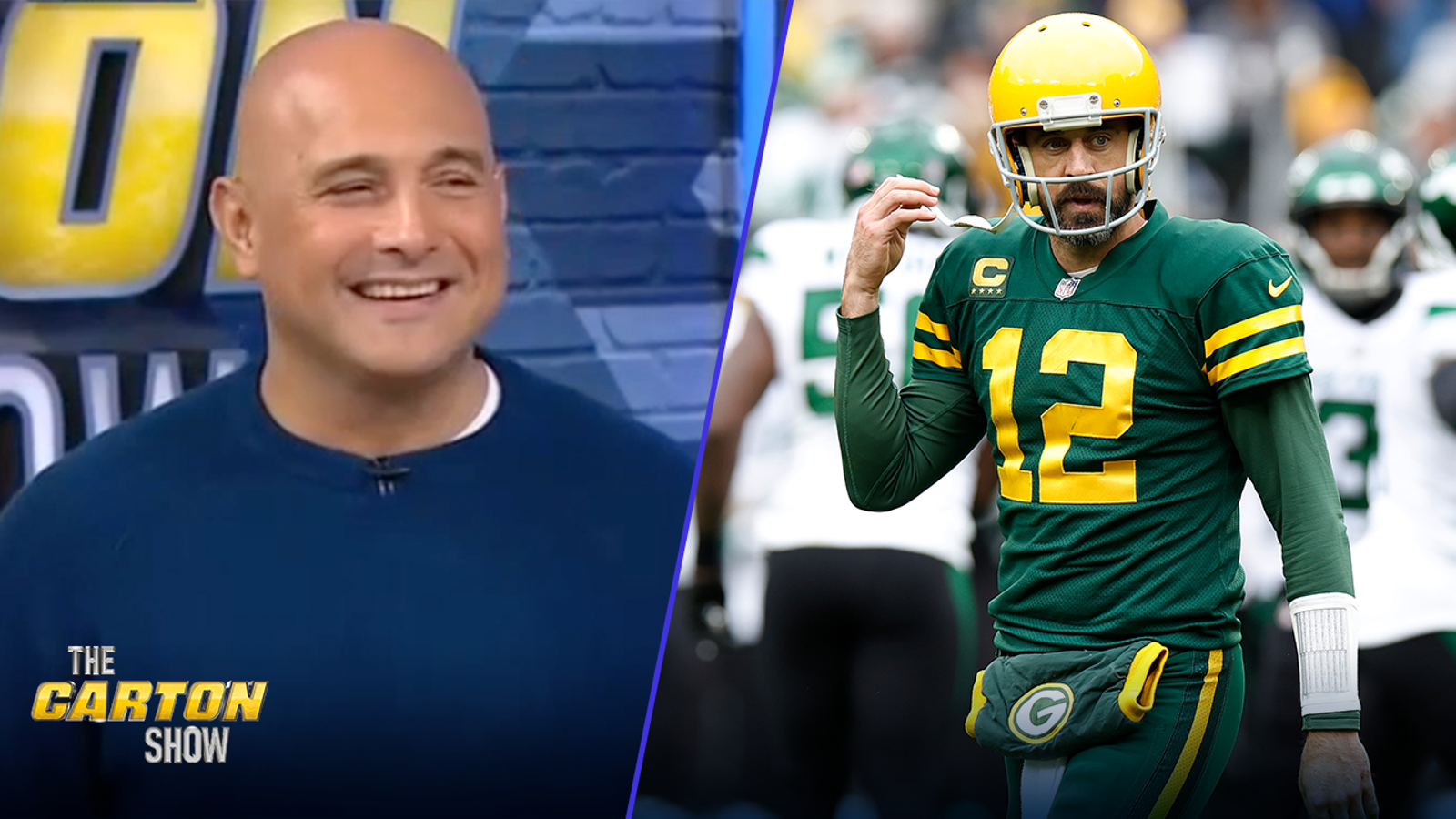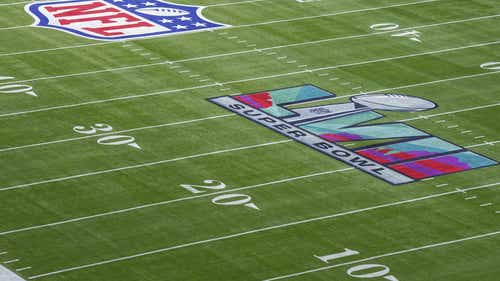
Buccaneers' offensive issues; Patriots' surging defense: NFL Week 6 analysis
By Warren Sharp
FOX Sports NFL Writer
What were the Buccaneers doing on offense?
On first down in the first three quarters, the Bucs dropped back to pass the ball on just 39% of their offensive plays. These runs gained 3.6 yards per carry, -0.05 expected points added/attempt and a 43% success rate.
This is why, on second downs, they averaged 8.2 yards to go, sixth-longest in the NFL.
The context here is vital. The Steelers were playing without their top three cornerbacks and their No. 1 safety. It made no sense to call runs at such a high rate when facing a depleted secondary.
If that wasn't bad enough, when the Bucs did pass the ball on first down, look at their target splits and efficiency:
- Targeting WRs: +0.31 EPA/att, 8.5 yards per attempt, 75% success rate
- Any other targets: -0.05 EPA/att, 4.3 YPA, 67% success
It makes perfect sense that a team should target their wide receivers when the entire opposing secondary is injured.
Sure enough, look at the target efficiency on early downs by position in the first three quarters:
- Targeting WRs: +0.70 EPA/att, 11.0 YPA, 75% success (12 dropbacks)
- Any other targets: -0.31 EPA/att, 3.9 YPA, 29% success (7 dropbacks)
In total, look at what the Bucs did on 42 early-down plays in the first three quarters of games:
- 19 runs: -0.10 EPA/att, 3.2 YPC, 47% success
- Seven non-WR targets: -0.31 EPA/att, 3.9 YPA, 29% success
- 12 WR targets: +0.70 EPA/att, 11.0 YPA, 75% success
- Three throwaways
- One sack
It made absolutely zero sense.
The opposing secondary is in ruins. Your wide receivers are carving them up to the tune of 11 YPA and +0.70 EPA/target. Runs and non-WR targets do not target the Steelers injuries and were not working.
And yet, 68% of the called early-down offense was a run play or a target to a running back or tight end, which would not take advantage of the Steelers' injuries?
That's coaching malpractice.
Tom Brady, Bucs struggle in upset loss vs. Steelers
Unlikely Week 6 results
The Ravens converted 40% of their early downs into first downs. That was the highest rate in the NFL last week, and the third-highest for any team in any game all season.
They lost.
The Steelers converted just 13% of their early downs into first downs. That was the lowest rate in the NFL last week, and the fifth-lowest for any team in any game all season.
They won.
Wonders never cease!
Browns running game plan was puzzling
The Patriots executed the perfect plan when dealing with a great run offense and a questionable quarterback: Jump out early and force the other team to pass.
On early downs, look at the Browns' splits:
- Early-down passes: -0.65 EPA/att (by far the worst in the NFL last week)
- Early-down rushes: -0.10 EPA/att
The Browns' rushing game plan was perplexing.
On the season, look at the splits for the Patriots against runs from running backs on early downs:
- vs. 11 personnel: 5.1 YPC, +0.06 EPA/att
- vs. 12 personnel: 3.8 YPC, -0.15 EPA/att
- vs. 13 personnel: 2.7 YPC, -0.08 EPA/att
When you spread out the Patriots by utilizing extra receivers, you can have success running the ball.
But when you add extra tight ends, the Patriots are far more likely to play with heavier boxes.
Against 11 personnel this year, the Patriots have used seven or more box defenders on just 58% of running back runs. But against 12 or 13 personnel, it's nearly 100%.
But for some reason, when facing the Patriots, the Browns decided to use their running backs on early downs just as often from two-plus tight-end sets (12 and 13 personnel) as they did from 11 personnel.
And the Browns' results were predictably bad while using two or more tight ends.
- From 11 personnel: 5.6 YPC, +0.05 EPA/att
- From 12/13 personnel: 3.3 YPC, -0.23 EPA/att
How were they so productive against 11 personnel? As expected, the Patriots used seven or more box defenders on only 50% of the Browns attempts, and they gained 3.0 yards before contact per rush.
But the Patriots used seven or more box defenders on 100% of runs from two-plus tight-end sets and the Browns gained just 1.0 yards before contact per rush.
This was such a clear area to exploit for the Browns, but they didn't attack it enough.
As a result, their drives stalled, they got down on the scoreboard and then had to rely on their weakness, the Jacoby Brissett-led passing game.
Look out for the Patriots defense
On early downs in the first three quarters, the Patriots held the Browns to -0.41 EPA/play and a 28% success rate. Both were the worst numbers in the NFL.
Prior to the game, the Browns had averaged +0.07 EPA/play (No. 8) and 44% success (No. 12).
On the season, the Patriots have played the NFL's toughest schedule of offenses. An incredible five of their six games have been played against top-10 offenses.
And while many of these offenses aren't those you might consider to be elite based on prior years (the Ravens, Dolphins, Browns, Lions, Packers), all of them ranked top-10 in efficiency to start the year.
No team will face an easier shift in schedule strength for opposing offenses faced than the Patriots.
Their next four opponents all ranked bottom-10 in offensive efficiency entering this week.
In total, the average ranking of opposing offenses (1 being best, 32 being worst) of their last 11 opponents is No. 19.
In their first six games, their average ranking of opposing offenses was No. 8.
We should absolutely expect the Patriots defense to look much better down the stretch.
How the Patriots shut out the Lions
Steelers survived on third-down conversions
On early downs, the Steelers were successful on just 29.8% of plays. That was the worst rate in the NFL.
But they converted nearly 50% of their third downs (47%). And that was despite averaging 9.1 yards-to-go on third down.
Only two other teams have faced an average to-go of over 9 yards and converted over 45% of third downs this year (GB Week 2 vs. CHI, ATL Week 3 vs. SEA).
49ers offense imploded on third downs
In the first three quarters on Sunday, the 49ers offense faced an average to-go on third down of just 4.0 yards.
It was the shortest average distance to-go for any team in the NFL last week.
But they converted just 20% of those third downs.
And if that wasn't bad enough, one of the plays was a Jeff Wilson fumble that was returned for a Falcons touchdown.
The Jets offense didn't need third down
The Jets went 0-for-8 on third downs in the first three quarters and finished the game against the Packers going 1-of-11 on third down.
It was by far the worst third-down conversion rate for any team last week.
But they still won by 17 points.
Jets upset Packers
The Jets' 9.1% conversion rate on third down was the lowest for any team that won a game this entire season.
In fact, it was the lowest conversion rate on third down for any winning team since 2020.
Jaguars' impressive run offense
Since Week 3, Jacksonville running backs are averaging an incredible 3.0 yards before contact per rush attempt.
This ranks No. 1 in the NFL.
On the season, they lead the NFL with 2.2 yards before contact per rush.
That's the best for any team in the NFL since 2019.
Last week, even against the Colts outstanding run defense, the Jaguars averaged 3.3 yards before contact per rush on early down runs.
Next up for the Jaguars RBs?
The Giants.
New York just gave up 4.7 yards before contact per rush to Ravens running backs on early downs, which was the second-worst performance for any run defense on the entire season.
The Giants run defense currently allows the No. 3 most yards before contact to running backs on early down runs and the No. 6 most EPA/rush on these runs.
Warren Sharp is an NFL analyst for FOX Sports. He is the founder of Sharp Football Analysis and has worked as a consultant for league franchises while also previously contributing to ESPN and The Ringer, among other outlets. He studied engineering before using his statistical acumen to create predictive football models. You can follow Warren on Twitter at @SharpFootball.












